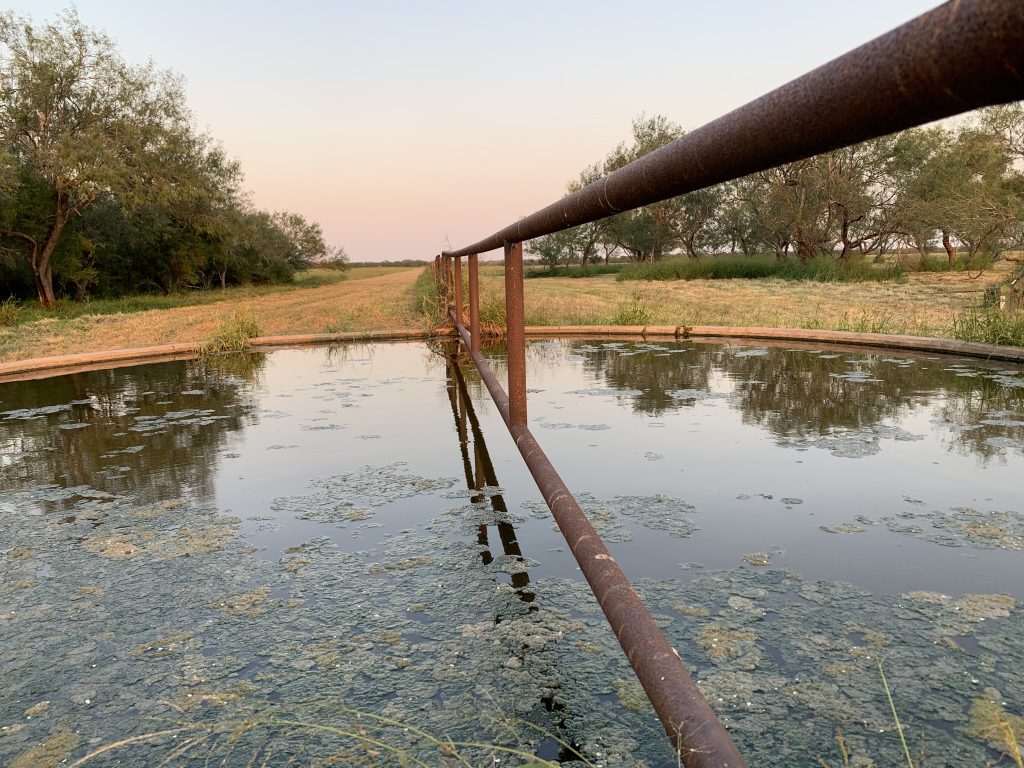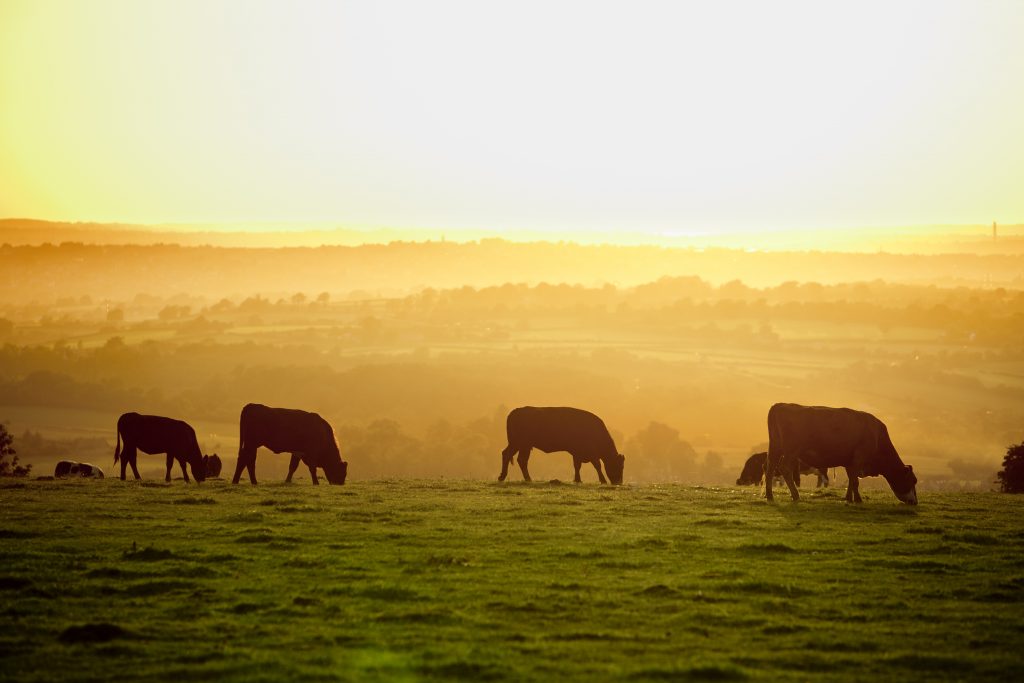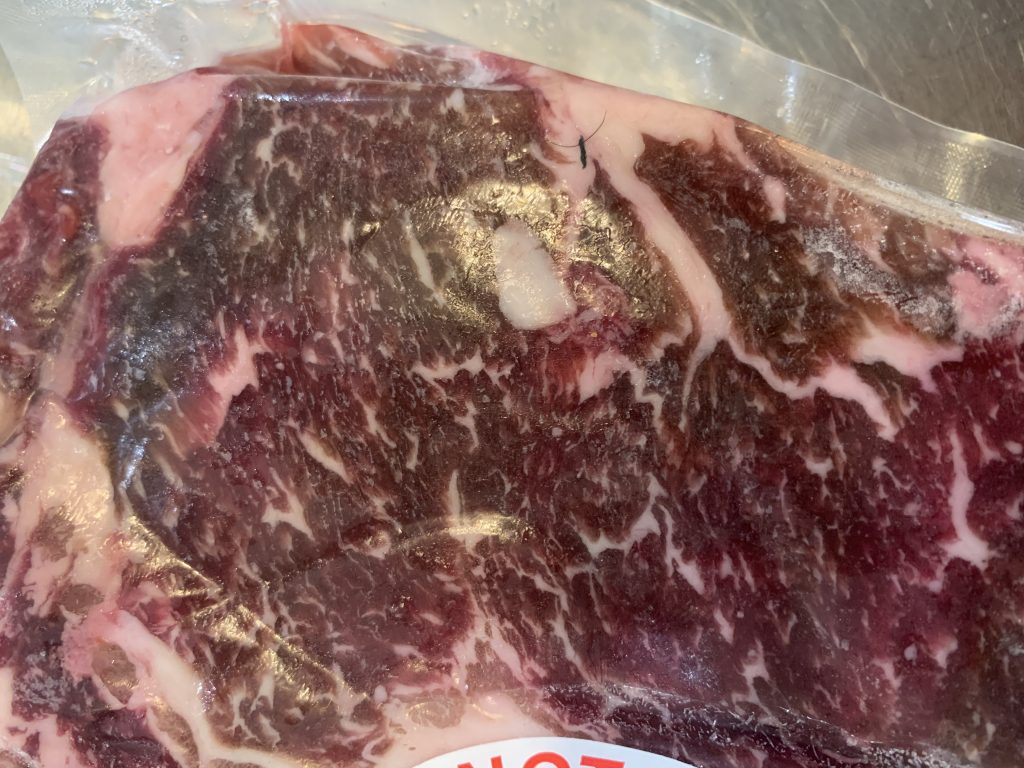For over 10,000 years, climate adaptation has driven the evolution of aurochs into cattle into subspecies into breeds. Today, climate adaptation drives breeding programs across the world. Relative Comparisions In the cattle industry, “adaptive” is a relative concept. More than just survive, an animal must be able to meet desired performance metrics (e.g. reproduction, weight…
Based on USDA data, a large percentage of the nation’s calf crop is born in subtropical regions. Cows and Helfers that Calved in 2019 Edit US 41,119 100.0% Humid and Transitional Subtropical TX 5,200 12.6% AR 2,190 5.3% LA 1,070 2.6% TN 1,030 2.5% MS 950 2.3% AL 940 2.3% GA 710 1.7% SC 710…
Lorem ipsum dolor sit amet, consectetur adipiscing elit, sed do eiusmod tempor incididunt ut labore et dolore magna aliqua. Ut enim ad minim veniam, quis nostrud exercitation ullamco laboris nisi ut aliquip ex ea commodo consequat. Duis aute irure dolor in reprehenderit in voluptate velit esse cillum dolore eu fugiat nulla pariatur. Excepteur sint occaecat…
Terminal (“the market”) breeding programs choose sires (bulls) with traits that fetch a premium in a particular market (e.g. feeder/packer or show steer…). Typically under this scenario, the offspring are moved to environments (e.g. feedlot) that maximize their genetic potential for the intended marketplace. Terminal bull breeding programs are the exception. Under this scenario, replacement…
As the subspecies of cattle were domesticated and selected for particular traits, cattle breeds formed. The selection process results in cattle in one breed being more genetically similar than another breed. Even still, breeds are genetically clustered around the branch of their subspecies. The gray chart to the left compares various breeds across subspecies of…



